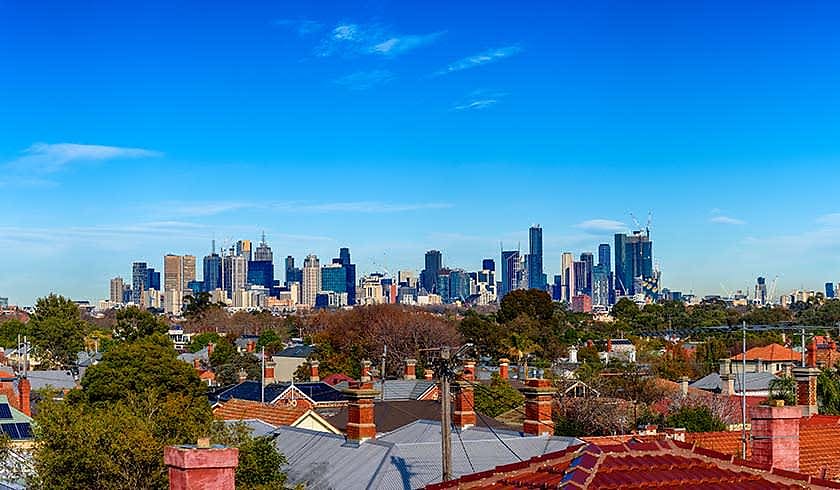Melbourne’s house prices dip below $1m mark
Melbourne just became a friendlier market for aspiring home buyers, as house prices in the Victorian capital fell below the $1 million threshold in the latest quarter.

Data from the Real Estate Institute of Victoria (REIV) showed that the median price of houses in the city’s metropolitan area fell by 7.4 per cent to $993,000 over the three-month period to September.
REIV president Andrew Meehan said that the price drop — which the institute attributed to the shifting economic conditions and the Reserve Bank’s latest rate-rise cycle — is seen to bring good news to those looking to enter the city’s market.
“Lower median prices through the September quarter have created new opportunities for Victorians to buy more affordably in Melbourne, particularly in the outer suburbs,” he commented.
Despite the pullback in values, the institute pointed out that several million-dollar suburbs continued to see strong price growth during the latest quarter.
Some of the city’s suburbs that continued to be in the million-dollar club included Williamstown ($1,650,000) with 8.6 per cent growth, Surrey Hills ($2,166,500) with 6.2 per cent growth, Mount Waverley ($1,592,500) with 4 per cent growth, Keysborough ($1,010,000) with 3.1 per cent growth, and Burwood ($1,400,000) with 1 per cent growth.
Meanwhile, regional Victoria’s house and unit median prices cut a more resilient figure than their metropolitan counterparts by tallying relatively smaller declines over the September quarter.
Data showed the average price of houses in the area fell 2.8 per cent to $603,000 during the quarter, while units recorded a decline of 2.3 per cent to $422,500 during the same period.
The top performers among regional suburbs during the quarter were Heathcote ($570,000), Morwell ($354,000) and Wodonga ($530,000).
On an annual basis, both metropolitan and regional areas in the state delivered solid growth. Data revealed regional Victorian houses and units delivered double-digit annual growth in the 12-month period, with house prices climbing 15.5 per cent. In metropolitan Melbourne, house prices rose 9 per cent since September 2021.
“The upward trends we continue to see in the annual data suggest there is significant long-term confidence underpinning both transaction activity and real estate prices across the state,” said Mr Meehan.
Further offering evidence that Victoria is still underpinned by strong fundamentals, he offered that market activity continued to be robust.
“It is pleasing to see property transactions have not slowed materially, with a high volume of vendors listing their properties and plenty of undeterred buyers.
“Looking ahead, these factors, combined with the RBA’s lower-than-expected rate rise in October, are an encouraging sign of our real estate market’s long-term health,” he concluded.
